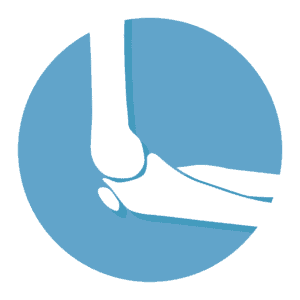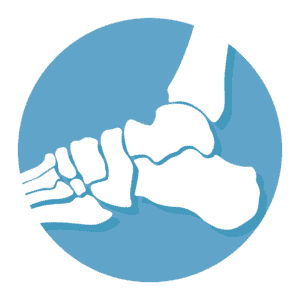
What is Tarsal Tunnel Syndrome?
Tarsal tunnel syndrome is a cause of foot pain. If you were to look at the inner side of your ankle, there is a bony prominence or bump there which is called the medial malleolus. Behind the medial malleolus run the tendons of the muscles of the leg, blood vessels and the tibial nerve. The tibial nerve runs through a small tunnel that is formed by these tendons and the medial malleolus. This tunnel is called the tarsal tunnel.
Compression of the tibial nerve within the tarsal tunnel due to any cause is called the tarsal tunnel syndrome. It is also called entrapment of the tibial nerve. The tibial nerve divides into three branches as it travels through the tarsal tunnel. These three branches supply different parts of the foot and therefore the symptoms can be variable depending upon where the tibial nerve is being compressed within the tarsal tunnel.
What causes Tarsal Tunnel Syndrome?
The most common causes include inflammation of the structures that form the tarsal tunnel that results in swelling and pain. Tarsal tunnel syndrome can also occur following injury to the ankle such as a fracture or a sprain. This can cause swelling around the ankle that compresses on the tibial nerve. In some cases, the cause of tarsal tunnel syndrome may not be identified. Other causes include bone spurs, bone tumors, and even varicose veins.
Symptoms and Diagnosis
Patients usually complain of tingling and pain around the ankle and sometimes in the feet. The pain may be of a burning character and can radiate up the leg or into the foot. Patients may experience pain on movement of the ankle joint as well. Local swelling around the ankle may be present if there has been some form of injury or trauma to the joint recently. Tarsal tunnel syndrome can have a considerable impact on a patient's mobility and may limit their walking distances and make certain activities hard to perform.
Upon examination, there may be tenderness of the ankle joint. A specific test may be performed where the tibial nerve is tapped with the finger and a tingling sensation that feels like an electric shock is felt in the foot or up the leg is experienced. This is called Tinel's Sign in the medical world.
Diagnosis is mostly from clinical history and examination. Special tests, such as a nerve conduction study, may be performed. This involves placing tiny electrodes along the course of the nerve and assessing the conduction of nerve impulses along the affected nerve. The test only offers additional information and may not necessarily be positive in patients with tarsal tunnel syndrome.
How is Tarsal Tunnel Syndrome treated?
Rest and icepack application to the affected area can help reduce the pain and swelling. Painkillers such as acetaminophen or non-steroidal anti-inflammatory drugs are also useful.
If these treatment options fail, a procedure called tarsal tunnel release surgery may need to be performed. In this procedure, the tendons and other structures that are compressing upon the tibial nerve are moved out of the way and the tibial nerve is mobilized to relieve the pressure on it. However, the procedure may not necessarily relieve the symptoms, and there can be a few complications such as bleeding, infection and worsening pain.








